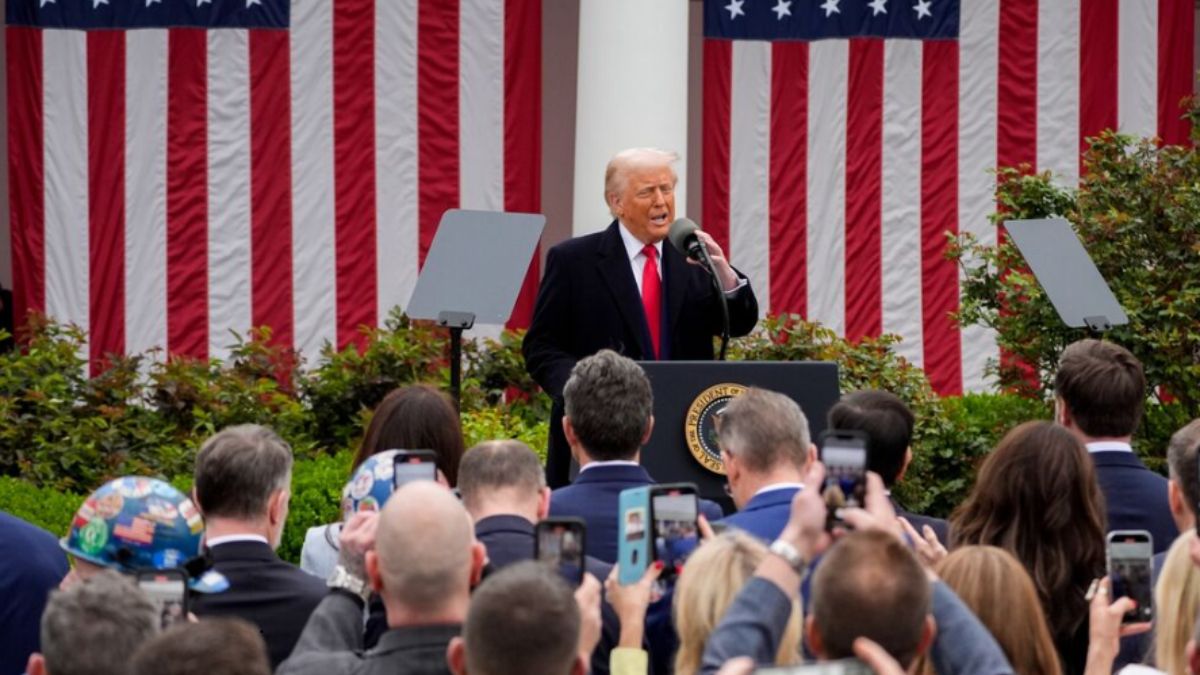In a sweeping shift towards protectionism, the United States is poised to impose a 10% across-the-board tariff on all imported goods, according to a report by the Wall Street Journal. The policy, which marks a historic shift in global trade, will apply to all products entering the U.S., regardless of origin.
Bloomberg further reports that the new policy sets a baseline tariff rate of 10% for all countries, with China expected to face tariffs as high as 30%. The move is expected to elevate the average U.S. tariff rate to 15%, a level not seen in modern trade history.
Barclays, in its latest note, projected that the announcement would significantly raise U.S. trade barriers, slowing global economic momentum throughout 2025. According to the bank, the higher tariffs will lead to elevated consumer prices, weaker equities, and greater household savings due to economic uncertainty.
Key projections:
-
Europe: Tariffs around 10% could reduce Q4 2025 growth to 0.4%
-
China: Full-year 2025 GDP growth forecast at 4.3%, Q4/Q4 at 3.4%
-
Global: Q4/Q4 growth expected at 2.5%, with calendar-year growth at 2.9%
The anticipated consumer response includes a shift toward higher savings, as concerns mount over job losses and inflation. Barclays warns that, although this scenario isn’t the most extreme, it still poses a significant risk to global financial markets and trade.
Markets worldwide are bracing for potential volatility as investors digest the implications of the sweeping tariff move—another bold move under President Trump’s “Make America Wealthy Again” agenda. The new tariffs are expected to come into effect shortly after the executive order is signed.


